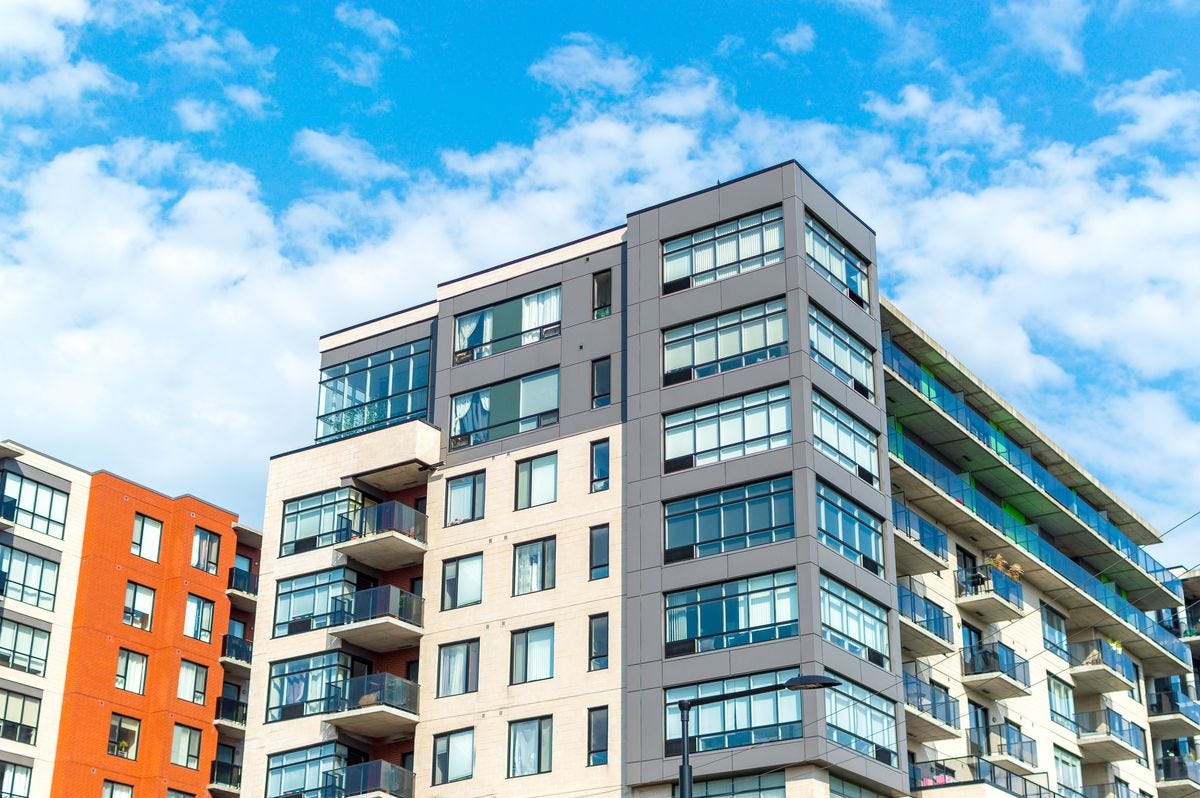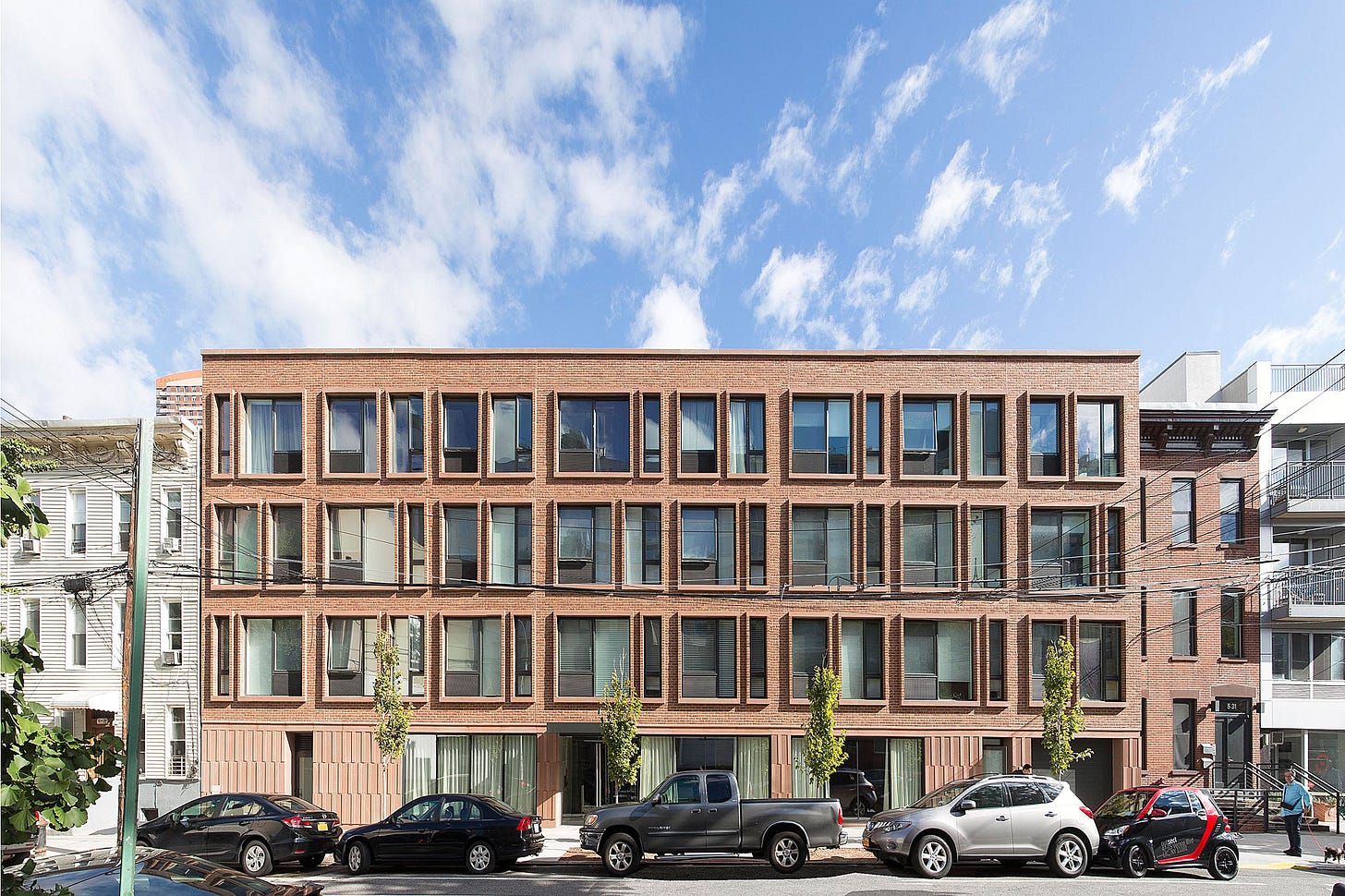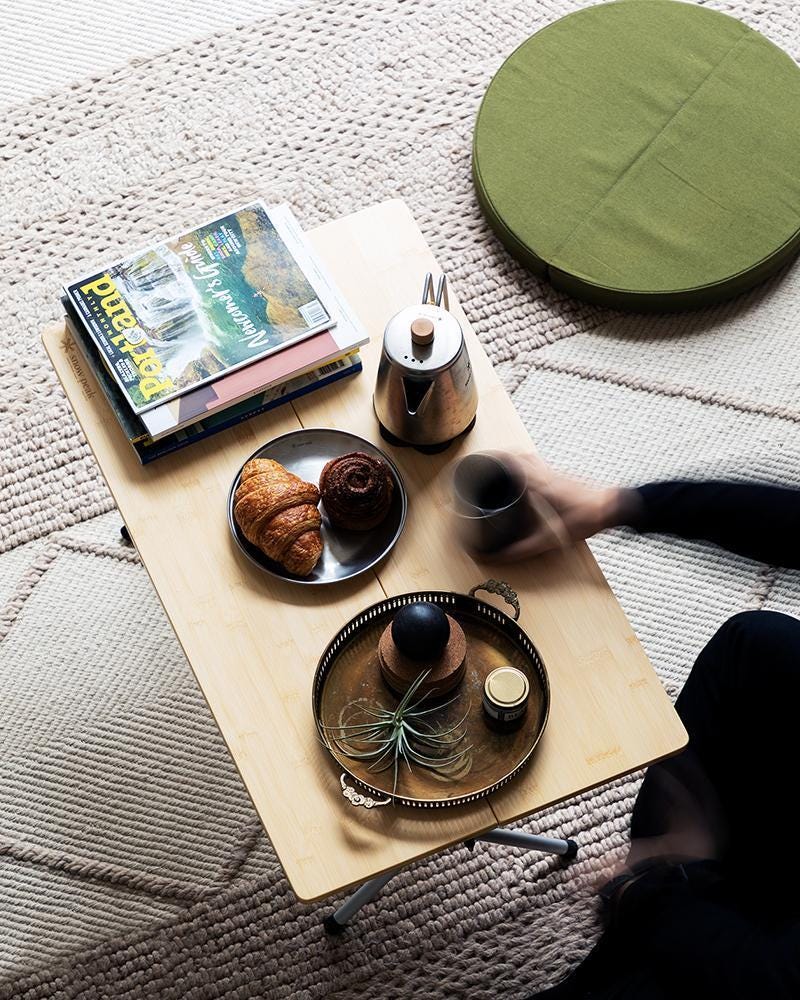Amalgamations 01: February 2023
Beautiful affordable housing, lives of experts + 5 more things
[Intro]
One of my resolutions for this year is to push myself to turn my random explorations and musings into more “fully formed” thoughts. This newsletter is a forcing function for me to do exactly that. Every month, I’ll collate a few groups of things I’ve been reading, listening to, or watching that revolve around a central theme and explain the thread that I feel runs through them. I generally meander in my interests, so some of the most interesting things I find may not fit one of the core themes. I’ll include those as well towards the end.
I’ve found this synthesis valuable. I hope you do too.
[What I’m thinking about]
Building Beautiful Affordable Housing
As a San Francisco resident, the topic of affordable housing is always top of mind but this month, more-so than usual. I attended a compelling talk (video) where the speaker argued that lack of affordable housing is far and away the primary driver of homelessness (counter to common sentiment that mental illness, drug use, etc. might be the cause).
While there are the wide number of oft-discussed political factors that drive the lack of sufficient housing units in our cities, there is also the question of how to do the physical building of housing in an affordable way. I’ve been thinking a lot about that. With the most empty downtown in America, there has been significant discussion about how San Francisco can convert office buildings into housing. This is generally much harder than one would think due to most office building’s use of core-and-shell construction (used due to cost). The following Twitter thread does a good job explaining just what is required to overcome this:



Though certainly worthwhile, this approach does not feel like the ideal solution to our housing problem, but rather a piece of a necessary solution given the cities we have already built. I’ve been reading The Timeless Way of Building, on how to build spaces that make us feel “alive” as users and residents of those spaces. This has added another lens to my exploration, which is how to build housing that is simultaneously affordable, sufficiently dense, and, at least in a way, beautiful. Though possibly efficient, my ideal city is not one full of converted office buildings.
What might beautiful, affordable, and sufficiently dense look like? Today, when we think of newly built (comparably) dense housing, we probably think of a building that looks like this:
These types of buildings are known as “5-over-1s,” which refers (I learned this month) not to the number of floors, but rather their construction: a wooden frame (Type 5 in the International Building Code) over a concrete base (Type 1).
While affordability in construction is evidently important, it’s hard to say that this building style makes us “feel alive.” It is, of course, possible to build beautiful apartment buildings, like this new luxury building in Lower Manhattan:
But as beautiful as green terracotta is, we will not solve our housing problem with buildings where the cheapest apartment starts at $5 million.
It does feel like we can find a middle ground though. Brick cladding is generally an inexpensive as the so-called “Hardie Panels” you commonly see on 5-over-1s (as shown in the image of the 5-over-1 above). It is possible to build housing that is human-scale and much more appealing, like the example below (noting that it is not technically a 5-over-1 and I don’t have a sense of how its building costs compare to one):
My final thread on this topic has been through my reading of Color of Law, a powerful and frustrating account of the impact that racist housing policy has had on the economic and social life of Black people in America. There are very few books I would put on my list of “required American reading.” This book is one. One of my key takeaways has been just how much housing is actually about everything else in our lives, in a way that is hard to overstate. And just how inescapable the impact of these policies is on the world that we navigate every day, with most of us having no awareness of it.
[What I’m thinking about]
The Lives of Experts
One of my favorite things is learning about the lives of people who are considered to be “best in their craft.” This is most interesting to me when the thing that they are great at it something that is foreign to me, either because it’s something I don’t understand well or because it’s not obviously legible to me how one would become the best at it (luckily, most things fit at least one of these criteria).
Will Shortz
I appreciate people who feel as though they are inseparable from the genre of their work. Will Shortz and crosswords is one of those pairings. And so, as you’d expect, this profile of Shortz is as much about the history of crosswords as it is about him as a person. After all, the history of crosswords, at least to this point, feels like it is his story.
As crossword creation (alongside much of the other content we consume) becomes more programmatic, I liked this insight about things that are (and I hope will remain) uniquely human:
I should say there’s still a strong human element to crossword construction. Only a human knows what an interesting answer is. Only a human can come up with an original idea for a theme, and only a human can write an original crossword clue.
Aubrey Plaza
This New Yorker interview captures so well the way Plaza’s mind works. She is always unapologetically herself, which, in a world of celebrities that feel as though they are sterilized for presentation, is something that makes her uniquely fascinating. This comes across even more clearly in her interviews (example), which are their other rabbithole. This pointiness is part of the reason she ends up in the unique roles that she does, so many of which are written for her.
The origin story of her movie “Ingrid Goes West” is a prime example of the way in which if the mind of anyone else where put in Plaza’s body, they would create an incredibly different (and dare I say worse) resulting life:
I dated this Swedish exchange student in high school, and I was very obsessed with him, because it was a first love kind of thing. And then, as all exchange programs do, it ended, and he went back to Sweden, and I was devastated. I was, like, “But we didn’t even break up!” So, even years later, any time I got out of a relationship, my brain would always go, Well, I’m still with Johan, technically. We never broke up. They just made us break up because it was over. So it was this thing that I was always kind of fixated on. And then, ten years after the exchange program had ended, when I was on “Parks and Rec”—early days—I decided to go to Sweden to find him, in a kind of stalkerish scenario. And I did. I went to Scandinavia for two weeks by myself.
Brunello Cucinelli
An older piece that keeps coming up for me is this profile of the iconic fashion designer. What stands out to me is the intentionality with which he lives his life and the way in which, despite his success, his work rotates around his life, while so many of us live our lives in the opposite manner.
Nobody can be online or receive e-mails after 5:30 P.M., when we shut down for the day. Generally speaking, we as a society work too much, and we all need to find the right balance, the right breakdown of our day in order to have time to dedicate to ourselves. I always follow the rules of Saint Benedict, who said you should look out for your mindful studies, your soulful praying, and, then, lastly, work.
[Misc]
Five Other Things
“I want my dad to know who I am before he dies” by @rithika24k on openness between father and daughter struck a chord with me and captures the ways in which I want “openness” to be a foundational trait in the relationship that I am able to build with my children.
The Lounge Cushion by Japanese camping brand Snowpeak went mini-viral this month, at least in my echo chambers. As someone who grew up in (and loves) small living spaces, I appreciate the way it blends form with function and how it is equally at home in a living room as it is in a campsite. The fact that it only comes in green and orange encourages me to introduce more color to my spaces.
“Growing Pains” by @isabelunraveled reminded me that personal evolution may not (and maybe should not) feel linearly positive, even as you grow successfully.
This feels strange—why does something that was only ever a source of joy, belonging, and community now feel abrasive and unfamiliar? Answer: because you are no longer the person who it provided joy, belonging, and community to—you’ve grown.
The It's Time to Mine newsletter by @teddyfeld is exactly the type of content I love: passionate, deeply researched writing about a very niche topic. I know literally nothing about the natural resource mining industry and immediately subscribed.
Another piece in that genre that stood out this month was Life as a 21st Century Trucker. The US being so powered by highway-transported freight, but our relationship to it as an industry is so impersonal. The time I spend thinking about trucks is either around self-driving technology or frustration at having to share the road with them. In reality trucking has always been, and continues to be, an industry powered by people.










Nice article on urban office to residential. It got me thinking of my city, Cincinnati, and how historic districts that have been rundown are being revitalized while maintaining the historic character. OTR (Over the Rhine) is a historic district that was home to abandoned and rundown late 19th century buildings, and over the past 20 years has been transformed into a mix of residential, retail, and entertainment, including multiple breweries. OTR was famous for housing 15 breweries in the 1800's. It now brings in money from all over the Cinci metro area 7 days a week, and provides thousands of jobs to primary downtown residents. Low rent housing surrounds the OTR district allowing local residents to work in the district and not commute. This is just one of many areas in the city that is being revitalized and much of the new downtown housing is affordable for middle income residents. Here is a link if interested in further reading.
http://cincy.com/home/neighborhoods/parms/1/hood/over-the-rhine/page/history.html
Looking forward to your next post.
I really like this, keep it up!
I never realized there was a name to the 5-over-1s. In the Twin Cities it does seem like they have built a significant amount of these buildings in the past 5 to 10 years and they almost all look exactly the same (very similar to the picture you posted).
If you are looking for any book recommendations about low-income housing specifically, there is a book called Evicted by Matthew Desmond that does an amazing job showing the reader the impact that poverty and housing insecurity can have on a person.
I also recently learned more about the trucking industry through a book called the Secret Life of Groceries and I agree with you that my relationship is impersonal with the indiustry. I grew up knowing friends that had dads that were long haul truckers and yet somehow completely failed to understand how huge the industry is and just how many people are involved in getting things from place to place.